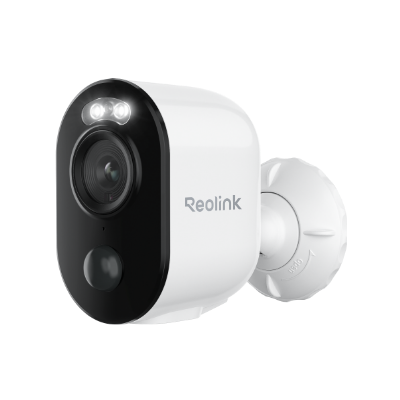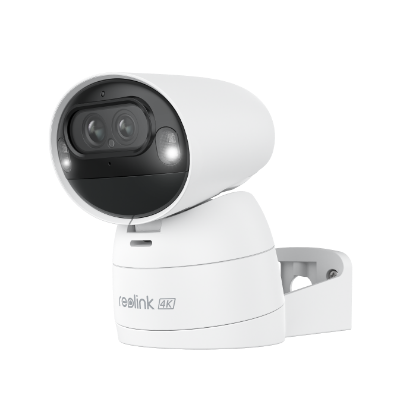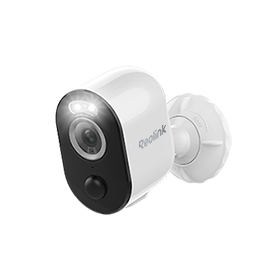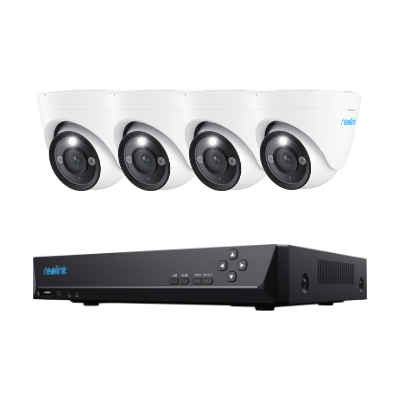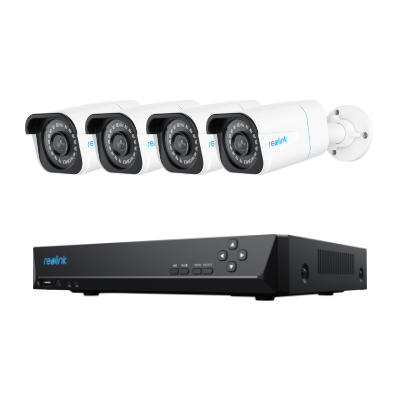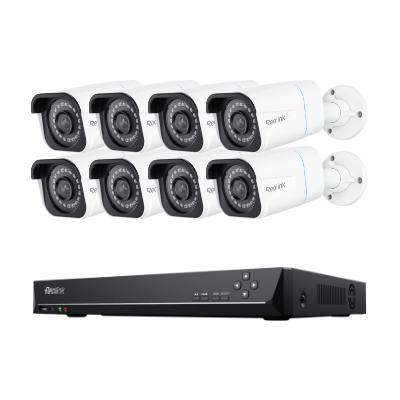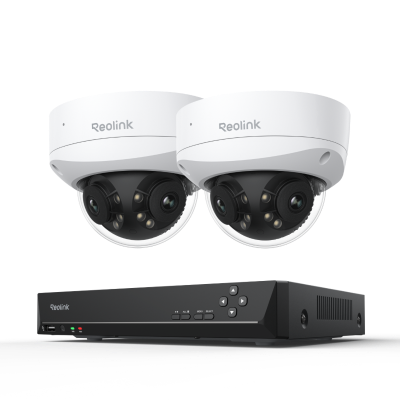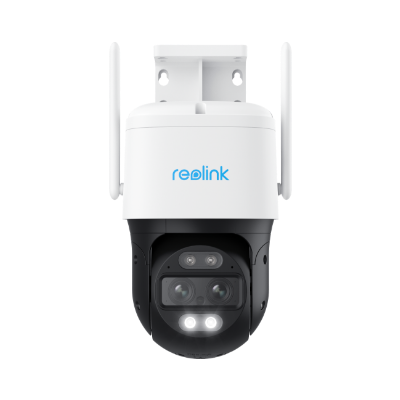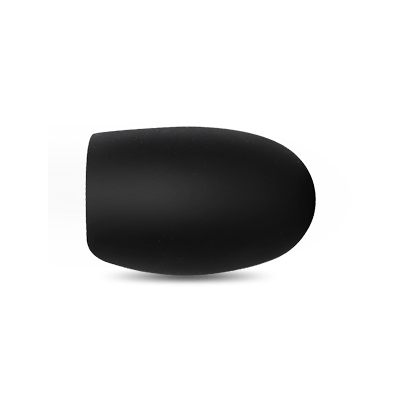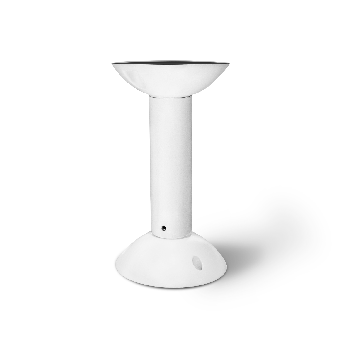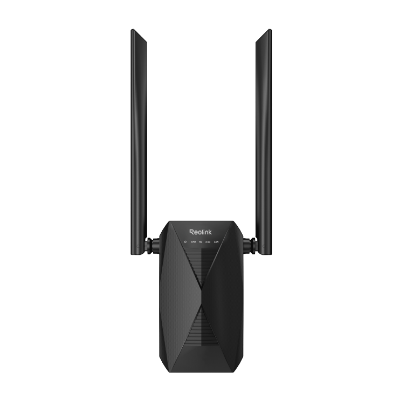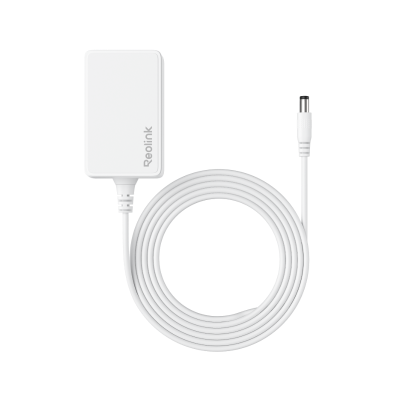Thermal vs Infrared Camera: Which Is Better?

In the world of advanced imaging technology, thermal and infrared cameras have emerged as powerful tools with diverse applications. Both of these cameras extend our visual capabilities beyond what the naked eye can perceive, but they do so through different methods.
In this article, we'll delve into the fundamental distinctions between thermal and infrared cameras, exploring their underlying technologies, applications, and the benefits they offer.
- Thermal vs. Infrared Camera: Key Differences
- Thermal vs. Infrared Camera: Comparison Table
- Thermal vs. Infrared Camera: How Does They Work?
- Thermal vs. Infrared Camera: When to Use Them?
- Thermal vs. Infrared: Which is Better for Hunting?
- Night Vision vs. Thermal Camera: What's the Distinction?
- FAQs
- Conclusion
Thermal vs. Infrared Camera: Key Differences
Fundamentally, all thermal cameras can be categorized as infrared cameras, as they function within the infrared spectrum. A "thermal security camera" is designed exclusively for thermal imaging, while an "infrared camera" encompasses a wider array of cameras capable of detecting and capturing infrared radiation for diverse applications.
Here are their details of differences:
Spectrum of operation
Thermal cameras operate in the long-wave infrared spectrum (around 8 to 14 micrometers). They capture the heat (infrared radiation) emitted by objects, which is directly related to their temperature. These cameras are also known as "infrared thermographic cameras" or "thermographic cameras."
Infrared cameras can operate in short- and long-wave infrared spectrums, covering a broader range of wavelengths. This allows them to capture both reflected and emitted infrared radiation.
Image interpretation
Thermal images provide a direct visualization of temperature differences, making it easier to identify areas of concern based on heat signatures.
Infrared images can reveal more information about surface conditions, material composition, reflectivity, and temperature differences.
Cost and complexity
Thermal cameras are often more expensive due to their specialized sensors and technology. They are designed to measure temperature and require calibration to provide accurate results accurately.
Infrared cameras come in a wider range of prices and complexity levels. Some models might be less expensive than thermal cameras, especially those designed for consumer applications like home maintenance.
Thermal vs. Infrared Camera: Comparison Table
Here is a list that shows the differences between thermal and infrared cameras:
Thermal vs. Infrared Camera: How Does They Work?
Although there are distinctions between the two types of cameras, their fundamental operation is quite similar.
-
Infrared radiation emission: All objects emit infrared radiation (heat) due to their temperature (-273.15 degrees Celsius or -459.67 degrees Fahrenheit). The hotter an object is, the more infrared radiation it emits.
-
Infrared sensor array: A thermal camera is equipped with an array of sensors sensitive to infrared radiation. These sensors are designed to detect the intensity of infrared radiation emitted by different points on an object's surface.
-
Optics and lens: The camera includes optics and a lens that focus the infrared radiation onto the sensor array. The lens ensures that the infrared radiation from different parts of the scene is properly directed onto the sensors.
-
Signal processing: The sensor array generates an electrical signal based on the intensity of the detected infrared radiation. The camera's internal electronics then process this signal.
-
Temperature measurement: Each sensor in the array corresponds to a specific point in the camera's field of view. The intensity of the infrared radiation detected by each sensor is proportional to the temperature of the object or surface in that direction. The camera creates a temperature map of the scene by analyzing the signals from all the sensors.
-
Image rendering: The temperature information collected by the camera is translated into a visual representation. Warmer areas are typically displayed in red, orange, or yellow, while cooler areas appear in colors like blue or green.
Thermal vs. Infrared Camera: When to Use Them?
To determine whether to use a thermal or infrared camera, it's crucial to consider the specific scenarios and requirements where each technology excels.
When to use the thermal camera?
-
Industrial inspections: Thermal cameras are used to identify overheating components, electrical malfunctions, and machinery defects in industrial settings. They can help prevent equipment breakdowns and optimize maintenance schedules.
-
Building diagnostics: Thermal cameras can identify energy inefficiencies, insulation problems, and water leaks in buildings. They are valuable tools for conducting energy audits and ensuring the structural integrity of structures.
-
Wildlife monitoring: Researchers and conservationists use thermal cameras to study wildlife behavior, track animal movements, and estimate population sizes in natural habitats.
-
Firefighting: Firefighters use thermal cameras to locate people in smoke-filled environments and identify hotspots within burning structures. This enhances safety and effectiveness during firefighting operations.
-
HVAC and energy efficiency: Thermal cameras can help identify air leaks, insulation deficiencies, and heat loss in heating, ventilation, and air conditioning (HVAC) systems. This aids in improving energy efficiency.
When to use the infrared camera?
-
Night vision: Infrared cameras are extensively employed for night vision applications, allowing individuals to see in complete darkness by capturing the heat emitted by objects and living beings.
-
Medical imaging: Infrared cameras are used in medical fields for various imaging techniques, such as thermal imaging, to detect changes in blood flow, identify areas of inflammation, and monitor patient conditions.
-
Security and surveillance: Infrared cameras prove invaluable by detecting intruders even in scenarios of complete darkness or limited visibility. This exceptional capability makes them highly prized components for perimeter security and surveillance systems.
-
Agriculture: Infrared cameras are used to assess crop health, irrigation efficiency, and pest infestations by analyzing temperature variations in fields.
Thermal vs. Infrared: Which is Better for Hunting?
In the context of hunting, evaluating the advantages of thermal cameras and infrared cameras is essential to determine which technology aligns better with the specific needs and conditions of the hunting environment.
Advantages of thermal camera for hunting
-
Independent of light: Unlike infrared vision, thermal cameras for hunting operate without the need for external light sources. Their ability to detect heat signals allows them to spot targets even in complete darkness.
-
Extended range coverage: Hunting thermal cameras offer an exceptional advantage in their range, detecting targets up to 250 meters away. This is an advantage not achievable with the naked eye under low-light conditions.
-
Visibility through obstacles: By capturing an animal's distinct heat signature, thermal imaging infrared devices enable users to perceive targets through challenging conditions like fog, smoke, and dust. This capability sets them apart from infrared vision technology.
Advantages of infrared camera for hunting
-
Delivers high-quality imagery: Unlike thermal imaging, which relies on heat, infrared imaging operates with light to create images. This light-based approach results in exceptionally clear visuals of the target area.
-
Enhanced visibility: Infrared imaging facilitates comprehensive visibility of the nighttime environment, encompassing all objects whether they emit heat or not. This capability aids in preventing potential accidents and mishaps.
-
Versatile in imaging systems: Unlike thermal imaging, infrared technology seamlessly integrates into various imaging systems, including those designed for night vision. For instance, infrared hunting cameras can be used with vision goggles and other devices.
Night Vision vs. Thermal Camera: What's the Distinction?
Night vision and thermal imagers have similar applications. However, they operate based on distinct principles and offer varying capabilities. Let's see their distinction.
What's the night vision camera?
A night vision camera is a type of imaging device designed to capture and record images or videos in low-light conditions. Night vision camera operates through methods like image intensification, where available light is amplified using a photocathode and phosphor screen to create visible images; infrared illumination, which employs infrared light and LEDs to capture reflected light from objects, forming a grayscale or reddish-tinted image. Night vision cameras are commonly used in security, surveillance, wildlife observation, and military applications.
Distinction between night vision and thermal camera
- Night vision operates effectively only in the presence of nearby visible light, whereas thermal imaging functions without any light source.
- Night vision amplifies and converts visible light into grey-tinted images, while thermal imaging uses infrared sensors to detect temperature variations between objects. Thermal imaging translates heat signatures into clear images, with higher heat levels displayed in vivid yellow, orange, or red hues.
- Conditions like dust, smoke, overcast nights, rain, and fog hinder night vision, but they do not affect thermal imaging, which functions in total darkness.
- Despite being less expensive, night vision is limited by its dependence on light and offers lower image quality. In contrast, thermal imaging, although pricier, provides superior nighttime safety by detecting heat, making it a sought-after technology that remains competitively priced.
FAQs
1. Is thermal and infrared the same?
Thermal imaging and infrared imaging are related but not the same. They both involve capturing and interpreting infrared radiation, but they serve different purposes and operate on different principles.
2. What's the difference between the thermal and ir scope?
A thermal scope operates by detecting the heat emitted by objects and translating it into a visible image that highlights temperature differences. This technology allows for effective vision in complete darkness, making it particularly valuable in applications such as hunting, search and rescue missions, surveillance, and military operations. Its ability to detect heat signatures enables users to identify living beings or objects even if they are obscured by obstacles or camouflage.
On the other hand, an infrared (IR) scope, often called a night vision scope, enhances existing light sources, including moonlight and ambient light, to create a brighter image of the environment. By amplifying available light, an IR scope offers enhanced visibility in scenarios with some ambient light but insufficient illumination for clear vision. This technology is commonly utilized in nighttime hunting, security operations, and navigation.
3. Do infrared cameras work in daylight?
Yes, infrared cameras can work in daylight, but their effectiveness depends on the specific type of infrared camera and the amount of available light.
Conclusion
The comparison between thermal and infrared cameras brings to light their distinct but complementary roles in enhancing our vision and perception. Each technology has revolutionized various industries, from security and surveillance to hunting and scientific research.
If you like this article and find it helpful, share it with your friends. Got something to say about thermal and infrared cameras? Make sure you leave a comment below!
Search
Subscribe for the Latest Updates
Security insights & offers right into your inbox







































